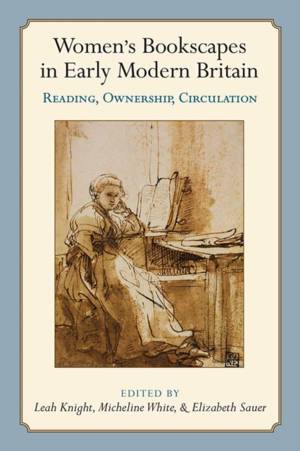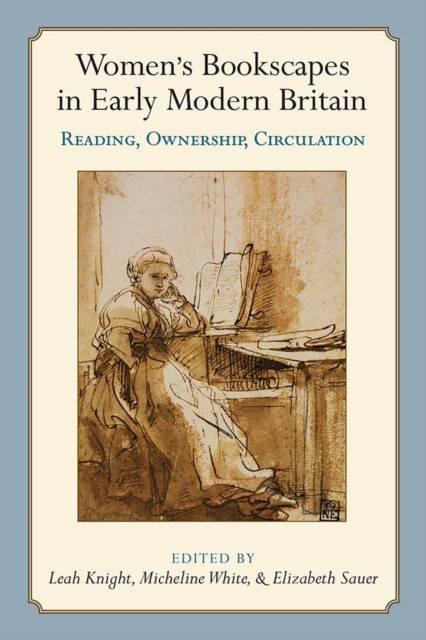
- Retrait gratuit dans votre magasin Club
- 7.000.000 titres dans notre catalogue
- Payer en toute sécurité
- Toujours un magasin près de chez vous
- Retrait gratuit dans votre magasin Club
- 7.000.0000 titres dans notre catalogue
- Payer en toute sécurité
- Toujours un magasin près de chez vous
Women's Bookscapes in Early Modern Britain
Reading, Ownership, Circulation
Leah Knight, Micheline White, Elizabeth Sauer
Livre relié | Anglais
115,95 €
+ 231 points
Description
Women in 16th- and 17th-century Britain read, annotated, circulated, inventoried, cherished, criticized, prescribed, and proscribed books in various historically distinctive ways. Yet, unlike that of their male counterparts, the study of women's reading practices and book ownership has been an elusive and largely overlooked field.
In thirteen probing essays, Women's Bookscapesin Early Modern Britain brings together the work of internationally renowned scholars investigating key questions about early modern British women's figurative, material, and cultural relationships with books. What constitutes evidence of women's readerly engagement? How did women use books to achieve personal, political, religious, literary, economic, social, familial, or communal goals? How does new evidence of women's libraries and book usage challenge received ideas about gender in relation to knowledge, education, confessional affiliations, family ties, and sociability? How do digital tools offer new possibilities for the recovery of information on early modern women readers? The volume's three-part structure highlights case studies of individual readers and their libraries; analyses of readers and readership in the context of their interpretive communities; and new types of scholarly evidence--lists of confiscated books and convent rules, for example--as well as new methodologies and technologies for ongoing research. These essays dismantle binaries of private and public; reading and writing; female and male literary engagement and production; and ownership and authorship. Interdisciplinary, timely, cohesive, and concise, this collection's fresh, revisionary approaches represent substantial contributions to scholarship in early modern material culture; book history and print culture; women's literary and cultural history; library studies; and reading and collecting practices more generally.Spécifications
Parties prenantes
- Auteur(s) :
- Editeur:
Contenu
- Nombre de pages :
- 312
- Langue:
- Anglais
Caractéristiques
- EAN:
- 9780472131099
- Date de parution :
- 08-11-18
- Format:
- Livre relié
- Format numérique:
- Genaaid
- Dimensions :
- 155 mm x 229 mm
- Poids :
- 657 g

Les avis
Nous publions uniquement les avis qui respectent les conditions requises. Consultez nos conditions pour les avis.






